Written in Gobos
Posted on May 3, 2022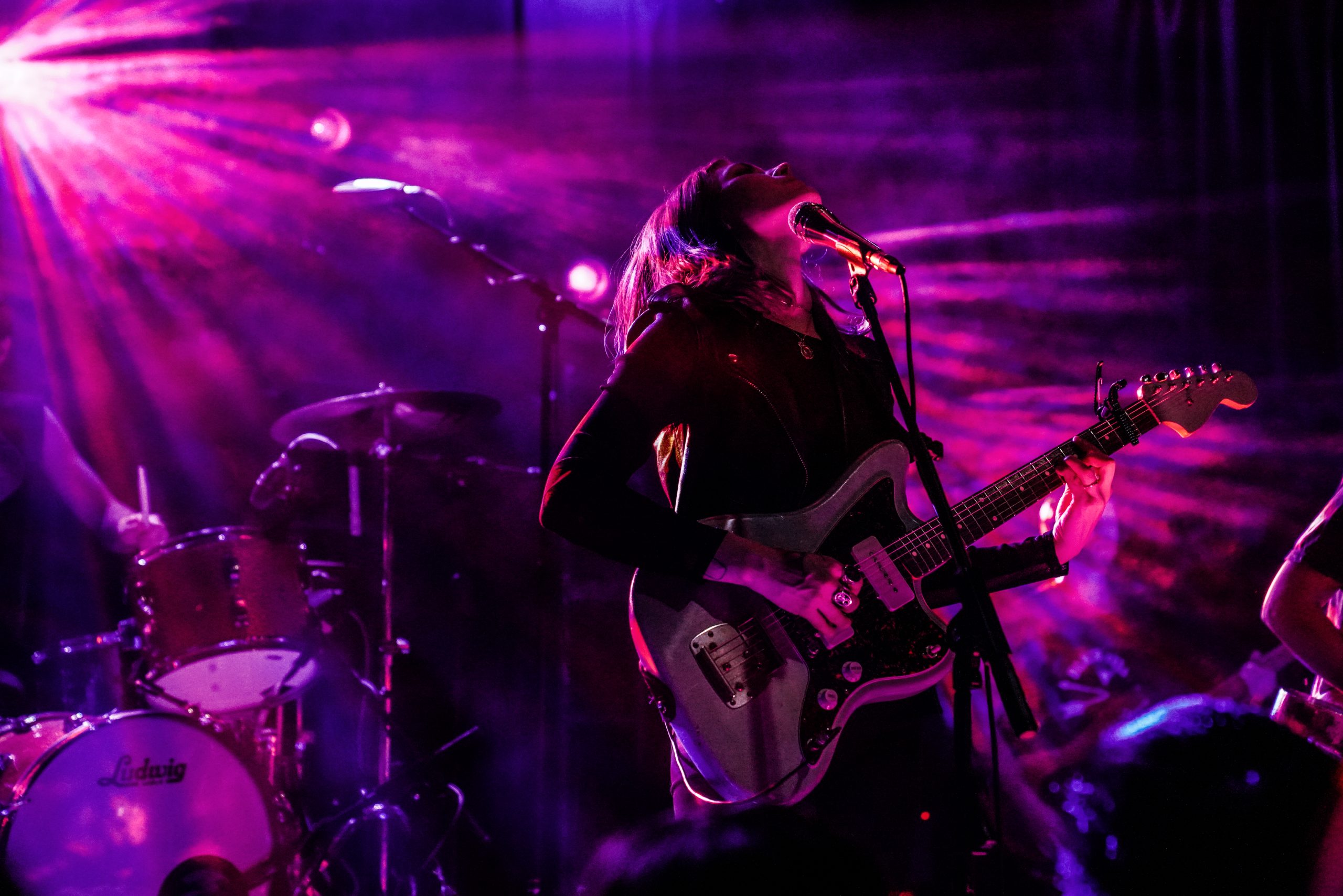
No one can quite agree on what the term “gobo” stands for. Some suggest it’s short for “Go to Black.” Others argue for “Goes Before Optics,” or “Go Between.” No matter, most things about this powerful design tool are highly individualized.
Like some sort of DNA marker, gobos are often a defining element of each designer’s unique, personal style, as no two LDs use them in quite the same way. This has a lot to do with their rich versatility.
Ironically, these unassuming discs add a new dimension to light by partially blocking it at its source. In the process they open myriad possibilities for designers to give their creations a distinctive twist.
Slightly changing the spin rate of gobos, keeping them static, overlapping them, projecting them in the air or on the floor, changing their colors… all work to enlarge the designer’s creative signature. Not surprisingly, when we spoke to this group of designers about using gobos, they’re answers were as varied as their creative visions.
Tony Caporale
Associate Lighting Designer Billie Eilish
“Paul (Arlo) Guthrie taught me a lot on this particular art. There are so many ways to use a gobo, but it entails asking, ‘Who, what, when, where, and why?’
“Who do you use a gobo on for a certain song? You can make an artist or audience look submersed by cool elemental effects like water and fire depending on the gobo and color.
There are all sorts of experimental fabrics and meshes we can use to make unique looks that can set apart a show from others. For example, I love to stack two gobos on each other on a surface and mess with the focus to achieve a cloud effect.”
On Timing Gobos…
“When I use gobos just depends on the type of show. For a concert I may lean on certain gobos to achieve the elemental effects I already described, but for a corporate event the client could have custom gobos made for branding and promotional purposes to project on a surface somewhere. In another instance, you might have a festival outdoors. If there is a good amount of wind, that can destroy the haze for a gobo look so you must tread carefully and not be too gobo reliant. Sometimes it just won’t translate well in certain places.”
On Positioning Gobos …
“The beauty about this job is the ability to be creative. I always love arriving at different venues around the world to seek out unique places where I can utilize a different lighting look, even with gobos. Gobos look amazing on white tent canvas in some amphitheaters, Whereas they might look neat rotating through a chandelier in a ball room. It all comes down to a matter of unique shapes. Without gobos, lighting would just seem more one dimensional in my opinion.”
On Rotating vs. Static Gobos…
“It’s really about the tempo and mood of the song. I usually save static, in focus gobos for ballads or mid-tempo songs to paint a pretty look. But a slow out of focus rotating gobo can also be nice for a ballad. I like to utilize fast gobos and animation wheels in a number of ways, but mostly for up tempo songs though. The traditional fast gobo is always great, but we see that so much throughout a song. I truly like gobo rotations applied musically, like a gobo shake that is shaking just right with the tempo of a song; or when an animation wheel or gobo rotation spin to a snare or kick cue in rhythm with the music.
On Colors and Gobos …
“My favorite four gobos ever are the cone, gatling, line, and sonar gobos. I will always try to use a bright white color in the cone gobo, it looks so powerful when you can immerse the artist inside one. The gatling gobo brings me back to my days when I used to see jam bands a lot. The wide zoom with a sharp focus in yellow on the gatling with a slow rotation gives you the “trippy fingers” look as I used to call it with my friends at shows. The line gobo in white gives a cool helicopter look when it spins fast. Lastly the sonar gobo in a light lavender is so hypnotic I’ve caught myself staring at those gobos in my own shows ha-ha. It gives off that vertigo effect, you know?”
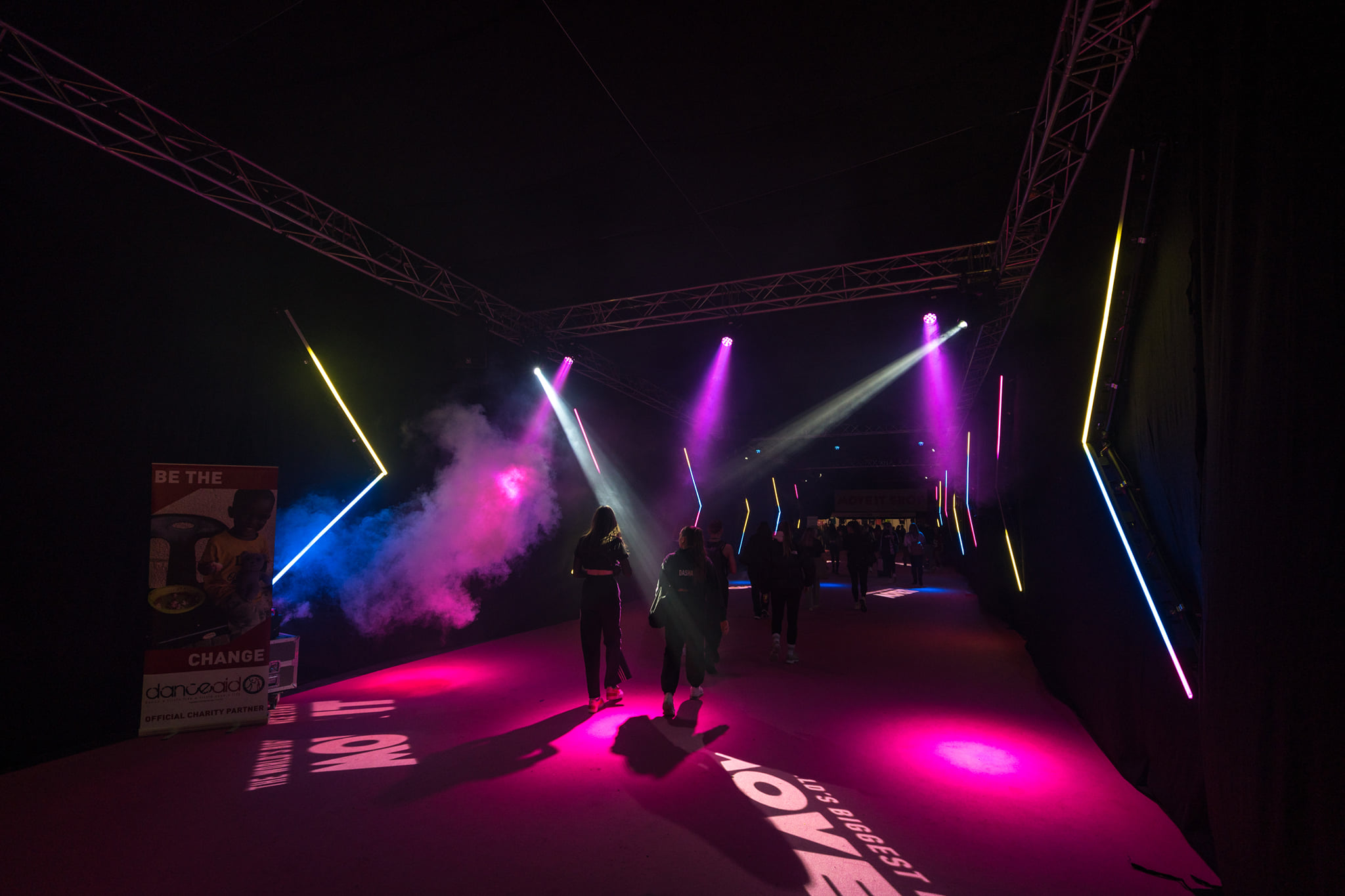
David Howard
David Howard Lighting Design
“In a lot of my design work for events or concerts and touring, when I’m specifying a spot or a profile there’s a good chance I’m doing so to add texture to a stage or indeed in the air. So it’s fair to say that I’m almost always incorporating gobos into a show in one way or another.
“In corporate event work, gobos are a great tool to use for adding to areas of negative space. In the last eight or so years, with the rise of high quality LED sources, getting a flat field and projection with no optical ‘bananaring’ on logos has been made easier. I think this change in technology means this technique can be achieved more cleanly.
“Aside from this use case, I’m usually using gobos to texture and add depth, be that in the air, or on stage surfaces. When I’m looking to achieve good air-work, I’ll usually opt for a discharge based hybrid head as the increased depth of field means a gobo stays in focus for many tens of meters along the length of a beam, and use LED spots to spray gobos across stage or set.”
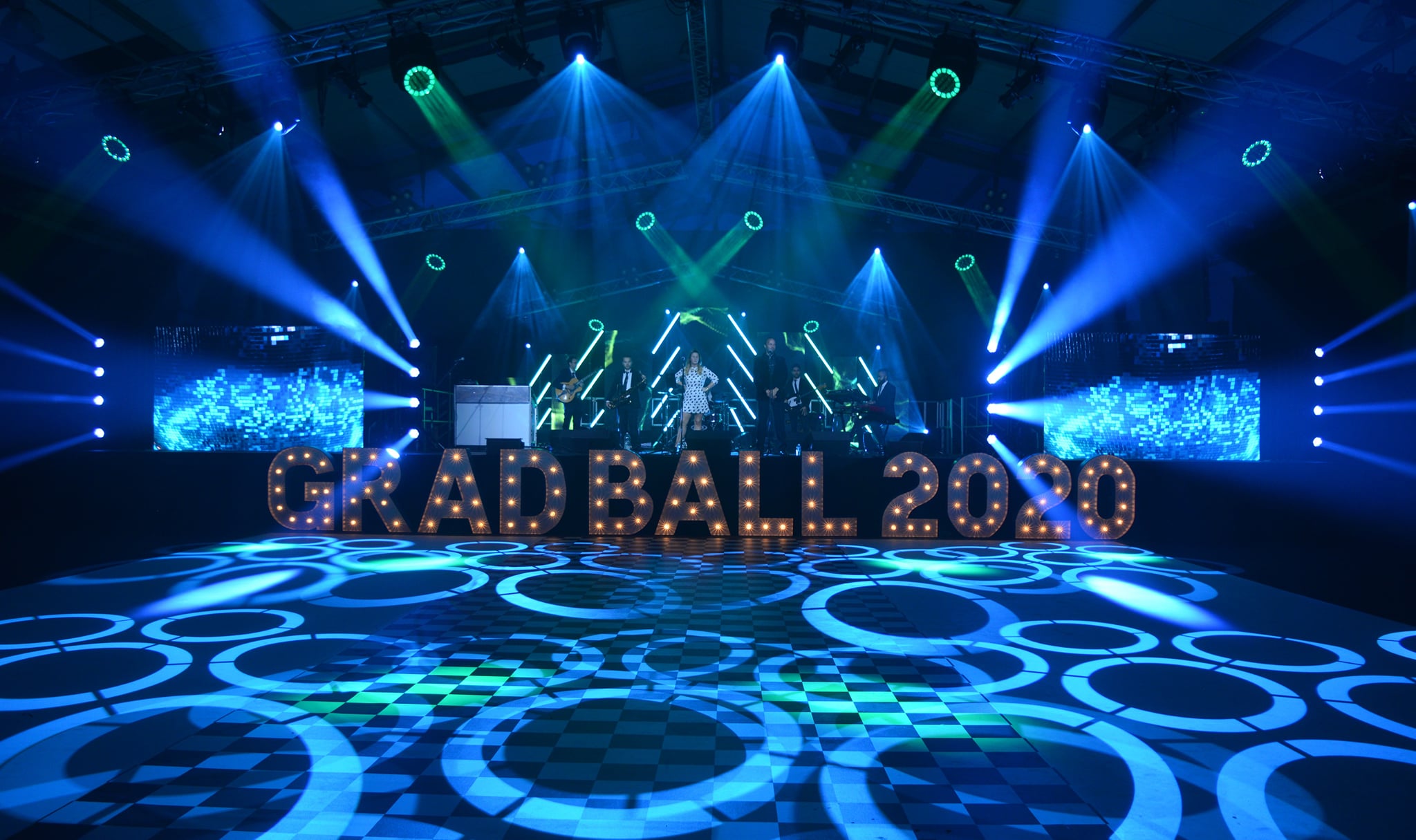
On The Value of Overlapping Patterns
“I think large overlapping breakups are usually effective on stage to achieve organic looks, especially when combined with prisms and rotation. Otherwise, it really does depend on what I want them to achieve. Several narrow broken up beams of light in air can be just as effective as glittery wide in-air projections.”
On Indexing Gobos
“Usually rotating, or more specifically indexing, is always a useful tool for finessing a look, be it static or dynamic. If using custom gobos, I’ll always place them in rotating slots of moving lights, even if they are destined to be used as static, This saves me or a tech a trip up a ladder later on when things aren’t lined up perfectly.”
On Colorizing Gobos
“Usually when using gobos to texture I’ll go with a lighter or brighter colour than the background wash it’s set against, if there’s one there. Combining colored gobos with CMY can achieve interesting and organic looks both in air, on surfaces, or on performers.”
On When To Use Gobos
For concert and touring I’m not usually a designer that relies on pan and tilt effects to get dynamism in to a show, I prefer static animated beams of light, using gobos or animation wheels or both, So I’d say that most of my shows incorporate automated spots or profiles specified for gobo usage. In recent years, perhaps over the last 5 to 10 years, it’s evident that manufacturers have embraced LED technology and innovated products that can achieve animated effects without relying on gobos which would have been impossible before. Now, I’m increasingly finding that I’m opting for these options, sometimes in place of traditional spots and profiles to achieve these looks.
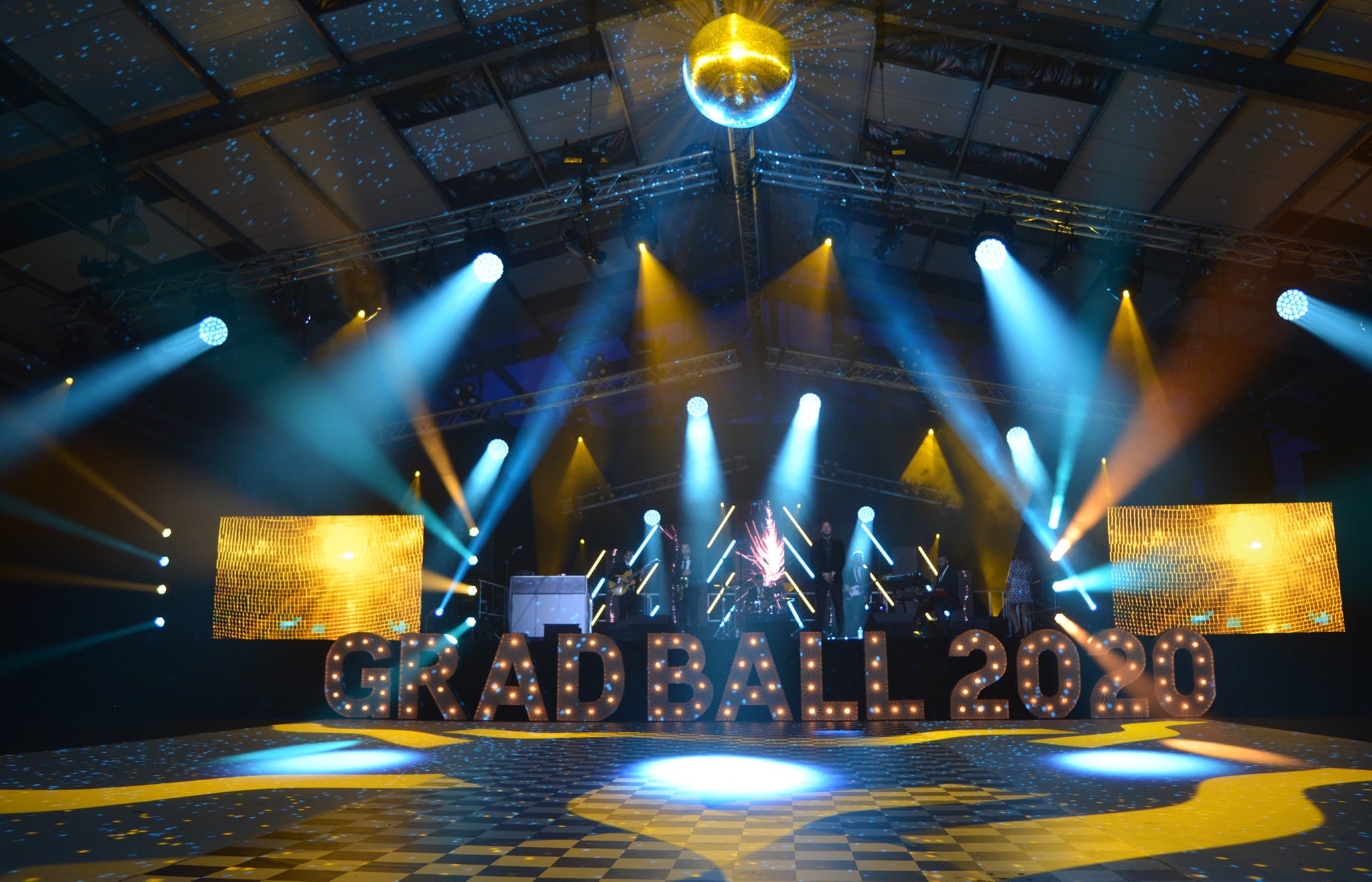
On Stock and Customized Gobos…
“Quite often the stock gobos of a fixture can determine how useful it will be in different scenarios. So, it’s great to have some variety. There have been projects in the past where I’ve specified a certain head just because I know the default gobos fit with what I want to achieve. This saves time and budget in getting in custom textures.
“Plus, gobos on different wheels in a head that can be layered in complementary ways are always great to see and often achieve interesting effects in the air and on surfaces. Likewise, gobos that are designed to work with irises and framing shutters are also a favorite of mine.
“I’m a huge fan of thin lines in gobo artwork, I like to see at least one in a head that can achieve some delicate in air work. Likewise, I think organic breakups have their uses in theater, concert and corporate worlds and are a nice one to have in the bank. I actually think some of the simplest patterns, a tri-beam, a ring or cone, a pin-hole breakup are some of the most effective in air — perhaps even more so than some of the complex HD imagery that’s available thanks to today’s manufacturing techniques.”
Justin Kitchenman
Lighting and Production Design Luke Bryan
“There are definitely times when a gobo pattern is used as texture on the stage and set, but most of the time I find I am looking at the beam projection that the different patterns give you. I do like to have a variety of distinct choices in the wheel. Sometimes it can feel like every gobo in a fixture is giving you the same effect. A lot of times you can get around this by adding in things like framing shutters, iris, or prisms. There are occasions though, where I will use a certain gobo only once in an entire show if the moment it’s used in is distinct enough.”
On Why Rotation Rules…
“My personal preference is that if you’re using a gobo it should almost always be rotating. Of course there are applications where that’s not always appropriate, but it’s a level of detail to a design that can be subtle, but it makes a big impact. It’s just the sense of motion it gives to a scene. If it’s a static wheel… it is what it is, but again you can perhaps add a prism effect — so if there’s a rotating second wheel, you can use it to create a morphing effect.”
On Avoiding Some Colors With Gobos…
“Generally deep saturated colors don’t tend to read well with gobos. So, unless it’s a very specific moment I will shy away from them. For adding texture to a set they work great but if the goal is beams, then the decision comes down to less saturation, or perhaps an open gobo look with some other form of beam shaping.”
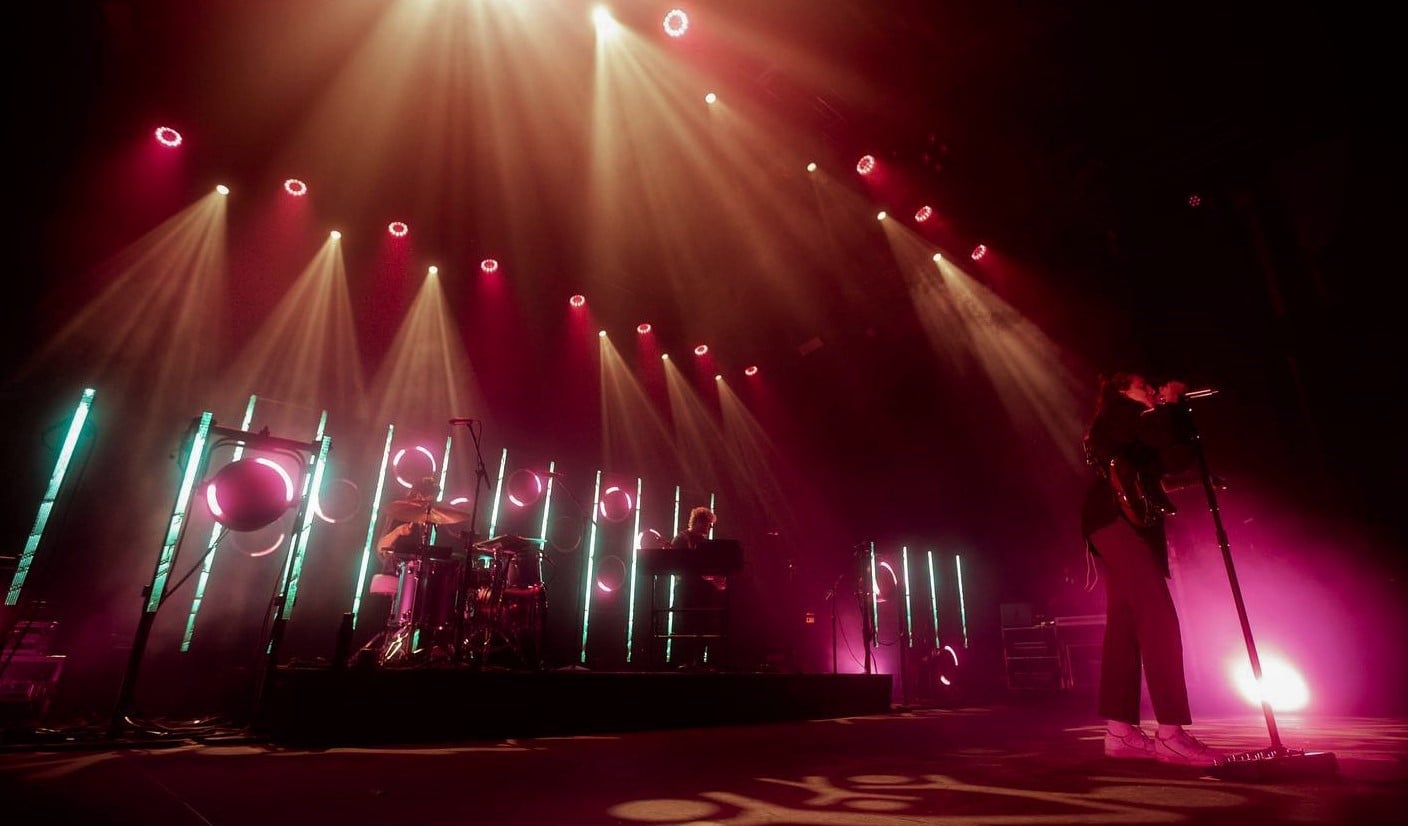
Lenny Sasso
Lighting Designer, Union Transfer
“I’m extremely particular as to which gobos I use, so it really depends on what gobo I’m throwing into the fixture. For example, I’ll use a favorite gobo all over the place – into the audience, on stage, wherever. Circle or cone gobos I typically use more when I tip the fixture into the audience. Stuff that’s more like bars, I tend to keep on stage. I rarely will use a gobo against the upstage wall, since I personally just hate that look.”
On Gobo Preferences…
“The bigger spread on a gobo the better for me. I usually stick to as symmetrical designs as much as possible; so a nice, big open gobo that allows nice symmetrical beams to breathe, is really what I prefer. Also, I pretty much strictly only use rotating gobos. If I’m using a static gobo, it’s pretty much only because I like the pattern, but if I could get a gobo to rotate, nine times out of ten I’m using it. And I’m usually always rotating the gobo, even if it’s just at a very slow rate. My eye always just wants to see some kind of animation happening on stage.”
On Matching Colors With Patterns…
“ I tend to work any color into a gobo pattern, but I can tell you that there are some colors that I think don’t work with some patterns, such as a UV with a pin hole starfield style gobo. I just think that a darker color with a denser pattern causes you to really lose the effect due to a loss of intensity. Also, I’m really not a fan of color in glass gobos. I feel like it tends to really restrict your choices of mixing color with those gobos – I personally like to just have complete control over all color mixing and would prefer there to not be any color in my gobos.”